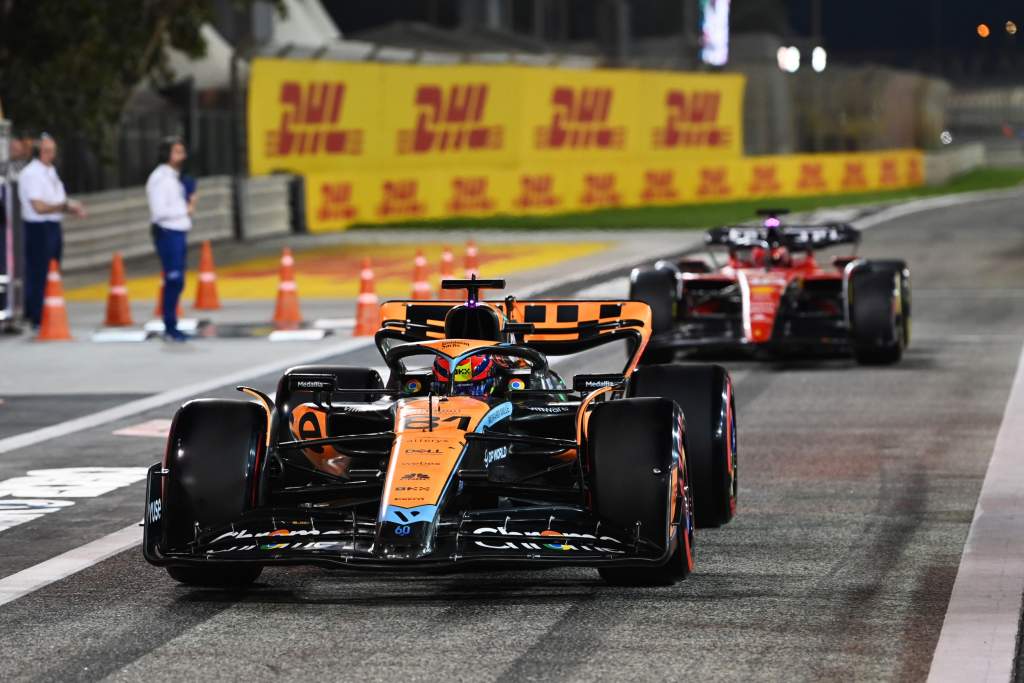Up Next

Mercedes, Ferrari and McLaren have all dropped the ball to a certain extent with their cars at the start of the 2023 season. We only have Bahrain to judge performance by, but it means we can take a look at the three of them and explain the possible reasons why.
Even if the regulations are relatively stable, as they were from 2022 to 2023, coming up with a detailed specification and set of objectives for a new car design is never easy.
It is a living thing. If you achieve those objectives too easily, you haven’t set them high enough. For every team, these targets should always be just that little bit out of reach because you should always be scratching your head as to what the next step should be.
All the teams have access to bucketloads of GPS data, so they can compare on-track performance metre-for-metre. That allows you to define your performance offset relative to the other cars and set your targets accordingly.
The design, research and development period for any new car will have started in earnest in the middle of the last season. It is a very stressful time for any team as day after day you are making decisions on which direction you need to follow. Sometimes it’s easy and it defines itself, especially if results from the windtunnel keep improving. Then you just have to follow that path until improvement steps start to diminish.
But it is never that easy. As I have said many times, no team actually knows 100% what makes a car quick, or more importantly what gives the driver the confidence to push just that little bit harder more consistently.
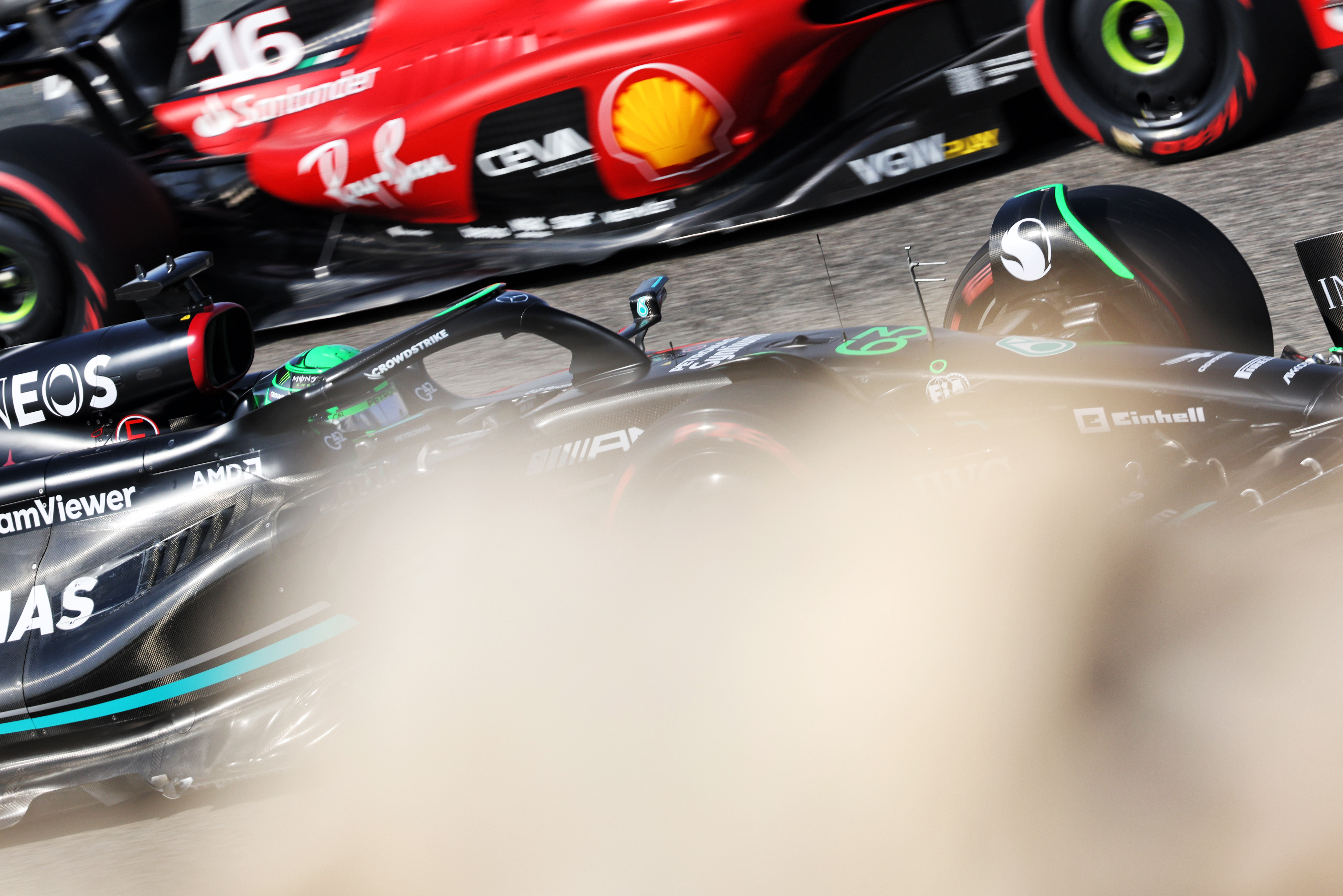
More downforce is the common cry, but a racing car is a complicated beast. It is never steady-state, it is always transient and the driver wants to know what the balance of their car will be just prior to when they put the input in to achieve that next condition.
When they brake, they want a stable rear end with no locking. Can they turn in on the brakes without locking the front? Can they turn in without the rear being unstable? Can they turn in without understeer? Will the car snap into oversteer when it rolls? How much can they ride the kerbs? Can they get back on the throttle without the rear stepping out? How much throttle can they apply before they lose traction? Will the car understeer off the corner when the throttle is applied?
These are all the questions the driver asks themselves during every corner of every lap. The more consistent the car is between low-speed and high-speed corners, the more confidence the driver will have in attacking each corner that little bit more on every lap until they hit the limit.
The Ferrari, Mercedes and McLaren drivers all had reasons for frustration with cars that weren’t able to fight at the level they expected. So let’s take a look at them in detail.
MERCEDES
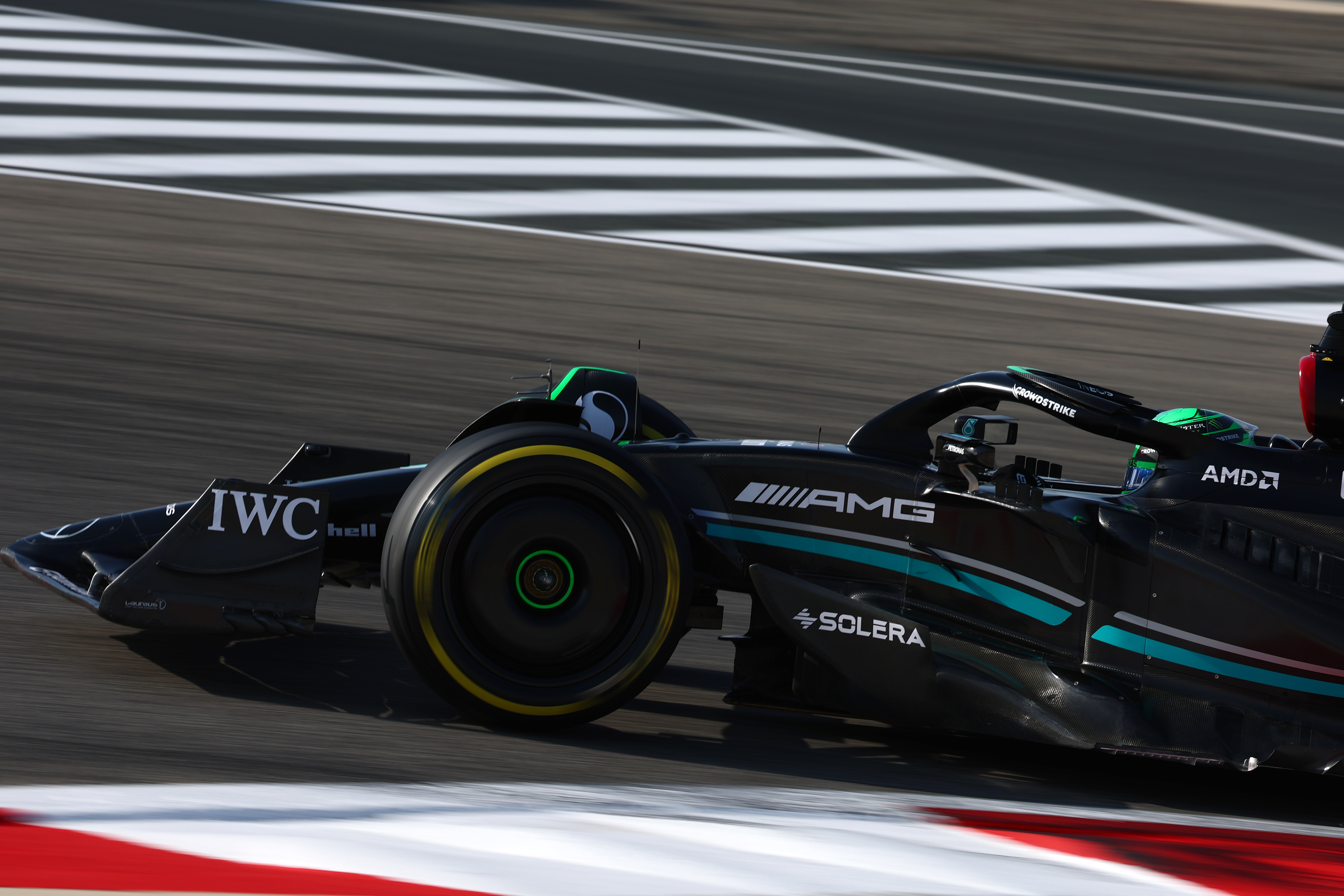
Not only has Mercedes lost a bit of pace in relative terms since the end of last year, but it has also been leapfrogged by customer team Aston Martin. In Bahrain, it was 0.145% further off than it was on average across the last four races of 2022.
Mercedes was on top from 2014-21, but the past year or so has proved it’s lost its way. Even Lewis Hamilton is suggesting he hasn’t been listened to when he told the team the direction it needed to go in this year.
We can only assume Mercedes is well enough structured to take what it has and, within the design objectives, improve it. It should also be organised enough and confident enough in its tools to set its development direction and deliver performance.
If that is so, then somewhere along the bumpy road of defining what a new car should achieve, its design specification is not correct or the tools are not good enough. This suggests that the process of signing off the development direction is not correct.
It will take a fair bit of soul-searching for Mercedes to change the visual direction of the car. So much has been made of the ‘zero sidepod’ solution and its potential that to step back to a more conventional concept will be a difficult decision. However, success or at least potential success should outweigh the pain of eating some humble pie.
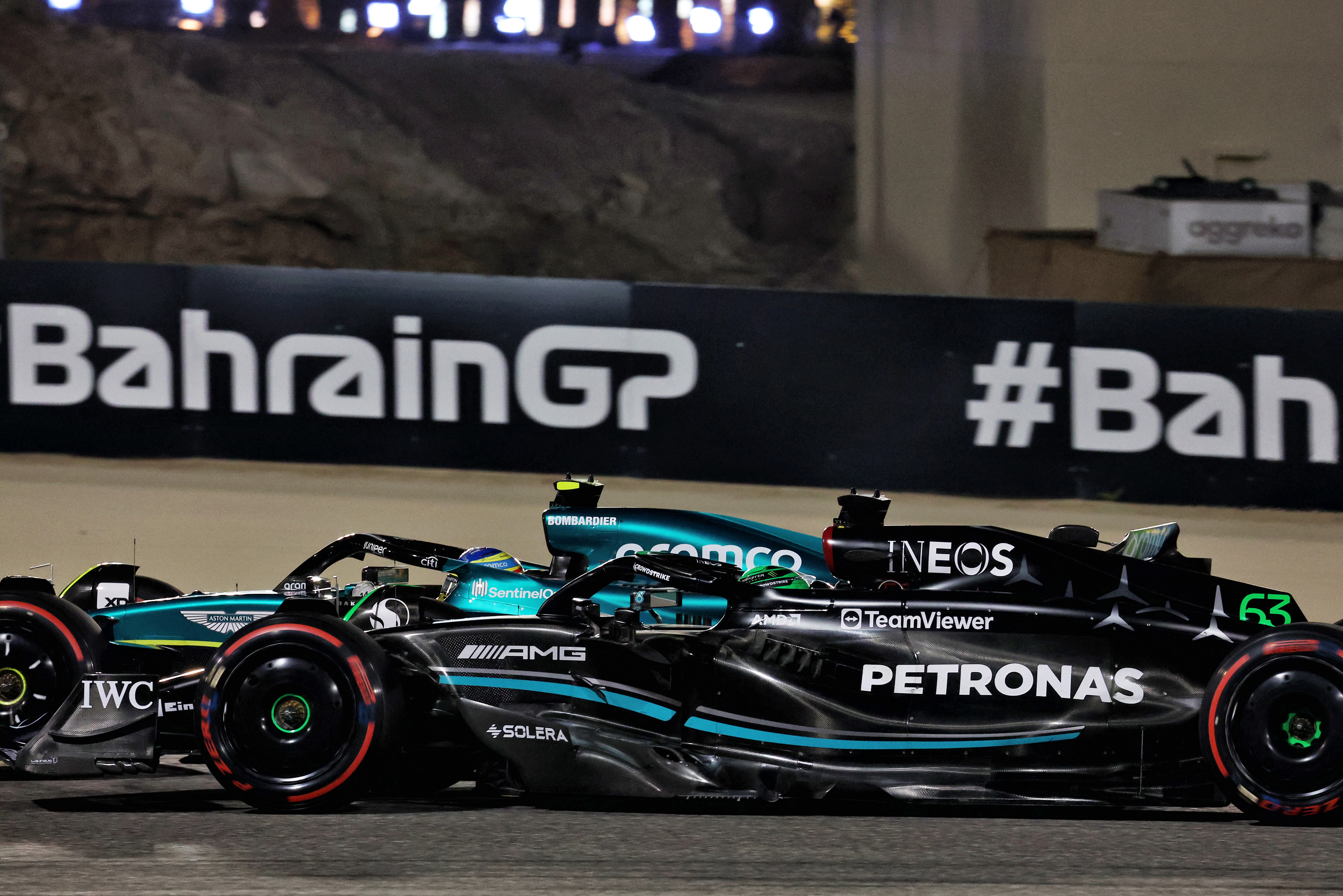
We’ll see the first change with the Imola package in May, which has been in the works for some time and apparently will include some visible changes to the sidepods. But it’s going to take more than that to get Mercedes back on track.
Change is only good if it’s positive, that’s why all the teams have these tools around them which should help them make decisions. No team should be wearing blinkers, they need to have their eyes trained everywhere and take in as much as possible from every weekend.
Now with the budget cap and aerodynamic research limitation you can’t simply go down every direction until you find the correct one, now you have to set your plan and optimise it and that’s where you end up. Mercedes has simply made some wrong decisions.
The thing to remember is it’s all been done before, just look at this Red Bull zero sidepod solution from 2020.
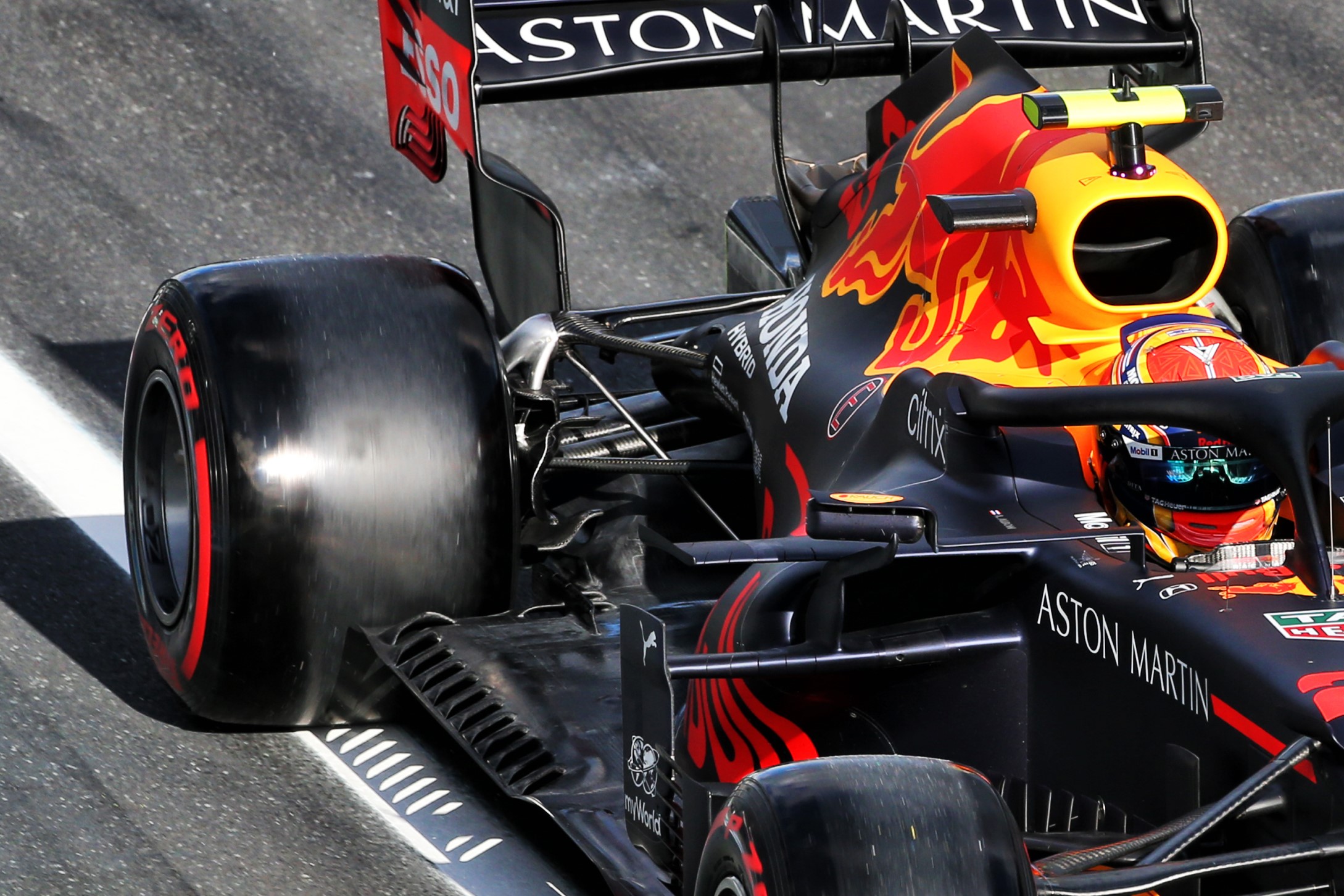
FERRARI
Ferrari is better-placed than Mercedes on track but its problems are even worse than Mercedes. It has also lost a bit of ground to Red Bull, but the biggest hangover of last year’s troubles is the reliability that’s meant to have been fixed.
You can build a car with all the attributes mentioned in the Mercedes section of this article, but if you can’t get to the chequered flag on race day it’s all a waste of time. Overall, the car design has to encompass reliability. Just cooling a few components a bit more effectively can affect the car’s performance fairly dramatically, so it’s right to conclude that Ferrari hasn’t really made any headway on eliminating the engine reliability problem.
Despite the change of leadership to Fred Vasseur, the pattern of last year seems to be continuing in Ferrari chiefs telling themselves that everything is fine, they just got it wrong on the day. But that’s not the way to move forward, you need to buy into your problems and accept that they happened and make sure they don’t happen again – and constant personnel turnover will not miraculously fix the problems either.
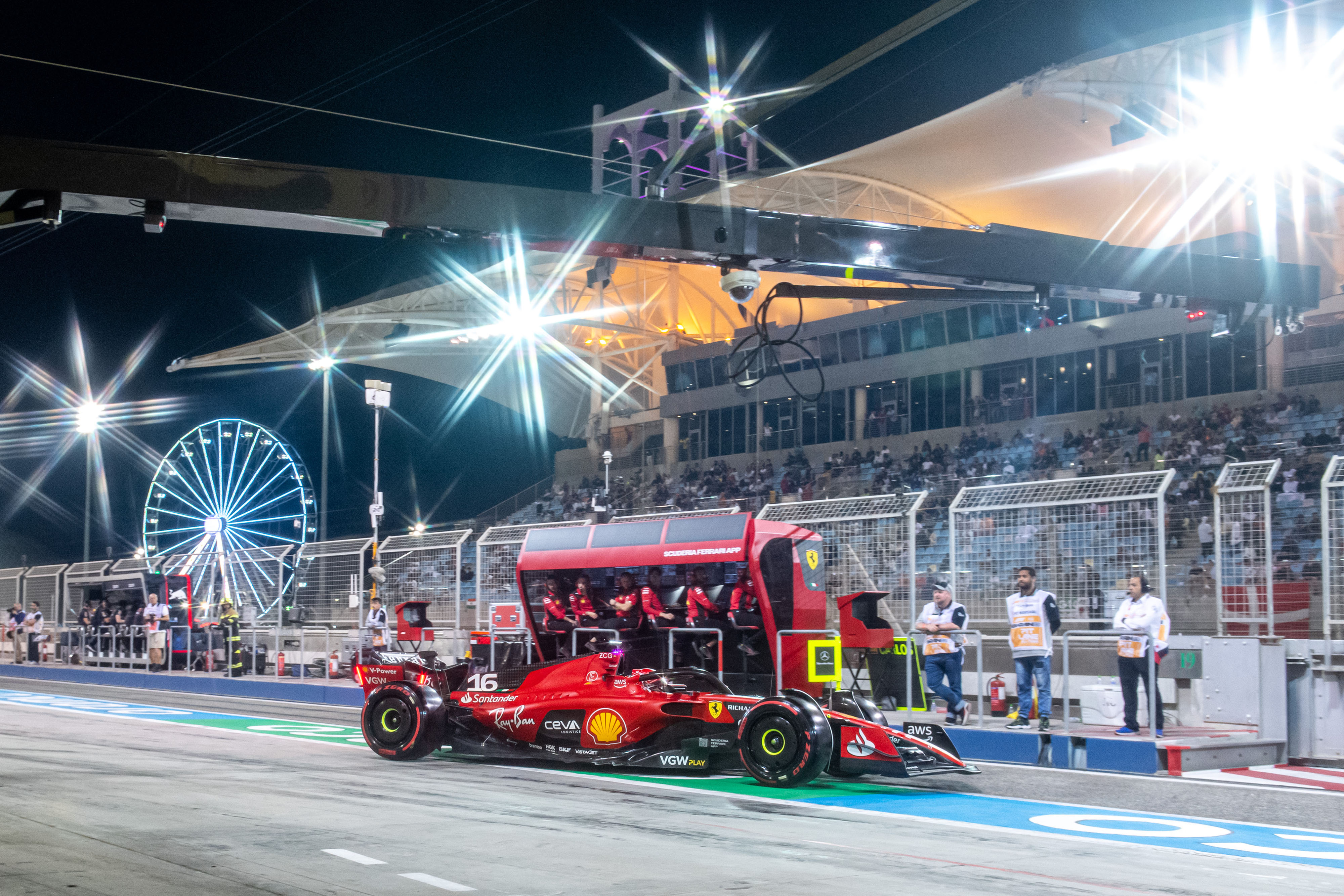
The sudden resignation of head of vehicle concept David Sanchez during this week just shows how fragile it is working for Ferrari – that’s not a good situation within any team, it needs to be about motivation and getting the best out of everyone especially when it has all gone wrong.
Ferrari wasn’t fast enough to qualify in front of the Red Bulls, it suffered greater tyre degradation than Red Bull and, to be honest, Aston Martin – on top of all that one of its cars didn’t finish. That’s the truth of the matter. Now the team needs to go back to Maranello and fix it, otherwise, it will be another season of letdowns.
McLAREN
McLaren was the biggest under-performer in Bahrain – or perhaps I should say ‘non-performer’.
The pre-season test at the same circuit hadn’t gone well for it either as there were continual problems with the front wheel brows that restricted the car’s running on various occasions. But even taking all that into account, we all know that Lando Norris will wring a car’s neck when he gets a chance, especially in qualifying and even that wasn’t enough to make Q3 in Bahrain.
At the end of last season, McLaren was fourth on the performance list battling hard with Alpine. In Bahrain for this first event it has dropped to seventh overall but more dramatic is that the performance deficit to the fastest had doubled, increasing by 0.926%
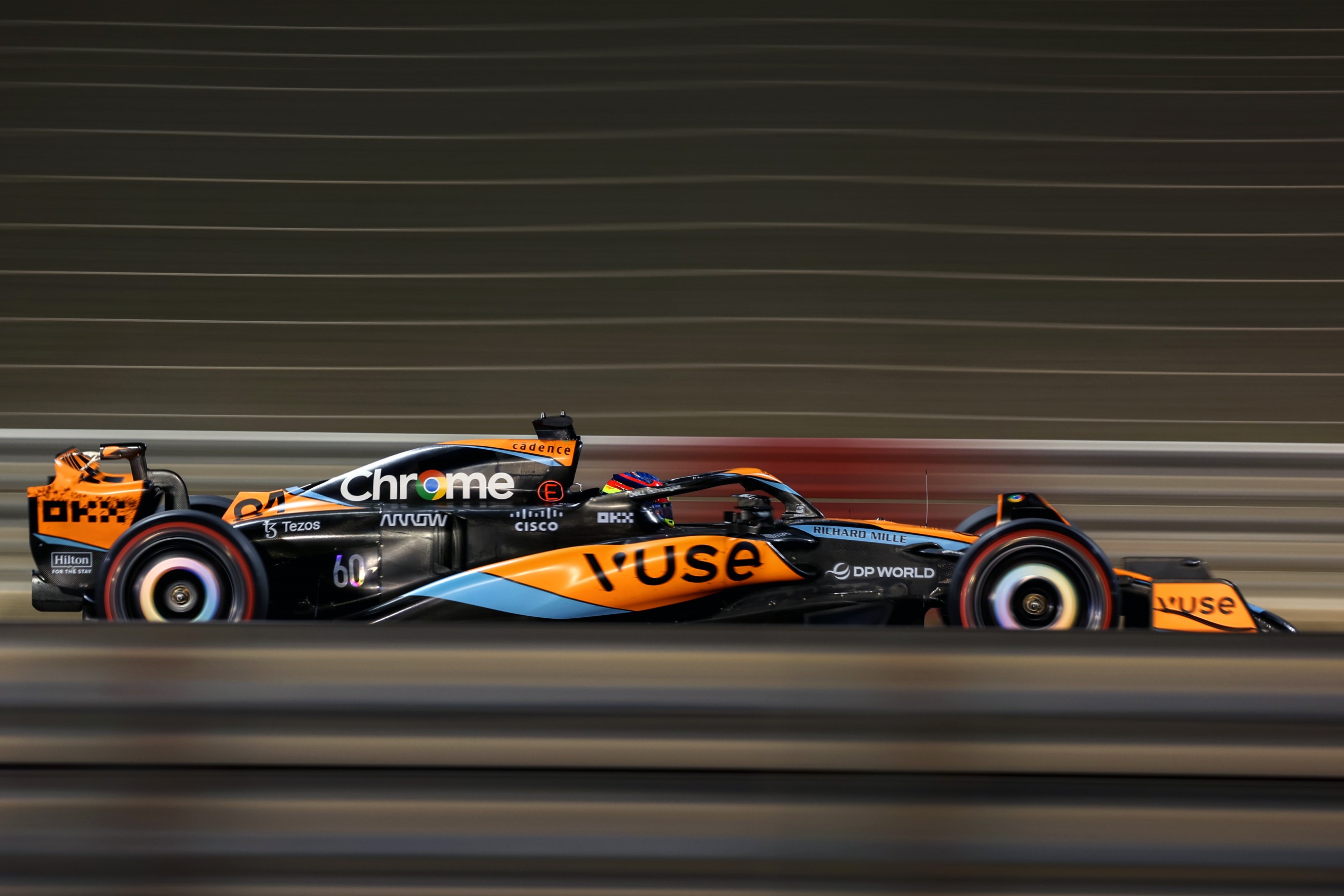
On top of that, both cars had problems in the race. First it was Lando Norris with an air valve leakage problem that required several pitstops to top up the system. Yes, it’s the Mercedes power unit and the air valve system is part of that, but there are also systems on the car that service those air valves, so it could also be a chassis problem. As for Oscar Piastri, he went out fairly early with an electrical problem when the steering wheel stopped communicating with the rest of the car.
On top of those problems, McLaren is just not fast enough. Over the last couple of seasons, we have seen that Daniel Ricciardo struggled to get on top of the driving style required to make the best out of the McLaren. This even led to him being replaced early. I think we all know that if Ricciardo has a car that suits him he can bring in the results and we saw some fantastic drives against the best when he was with Red Bull.
Norris, on the other hand, was usually able to get a lap out of it, but driving a McLaren has been his only experience in F1 so it’s the old story – you don’t know what you don’t know so for Norris he doesn’t know what a really good F1 car should feel like.
Even Carlos Sainz, when he left and went to Ferrari, said that the McLaren car had been a strange beast to drive. The problem is that when you have a car that is on a knife-edge like the McLaren seems to have been for the last two or possibly three seasons, it only takes a slight move in the wrong direction to tip it overboard.
Technical director James Key has spoken about how the raising of the sides of the floor and the floor’s throat area caught the team by surprise and it was realised too late that the team was heading down the wrong path to overcome those regulation changes. Sorry, but those regulations were initiated at the same time for all the teams and they all knew when the first race was, so everyone had the same amount of time to get their head around them and come up with the best solution.
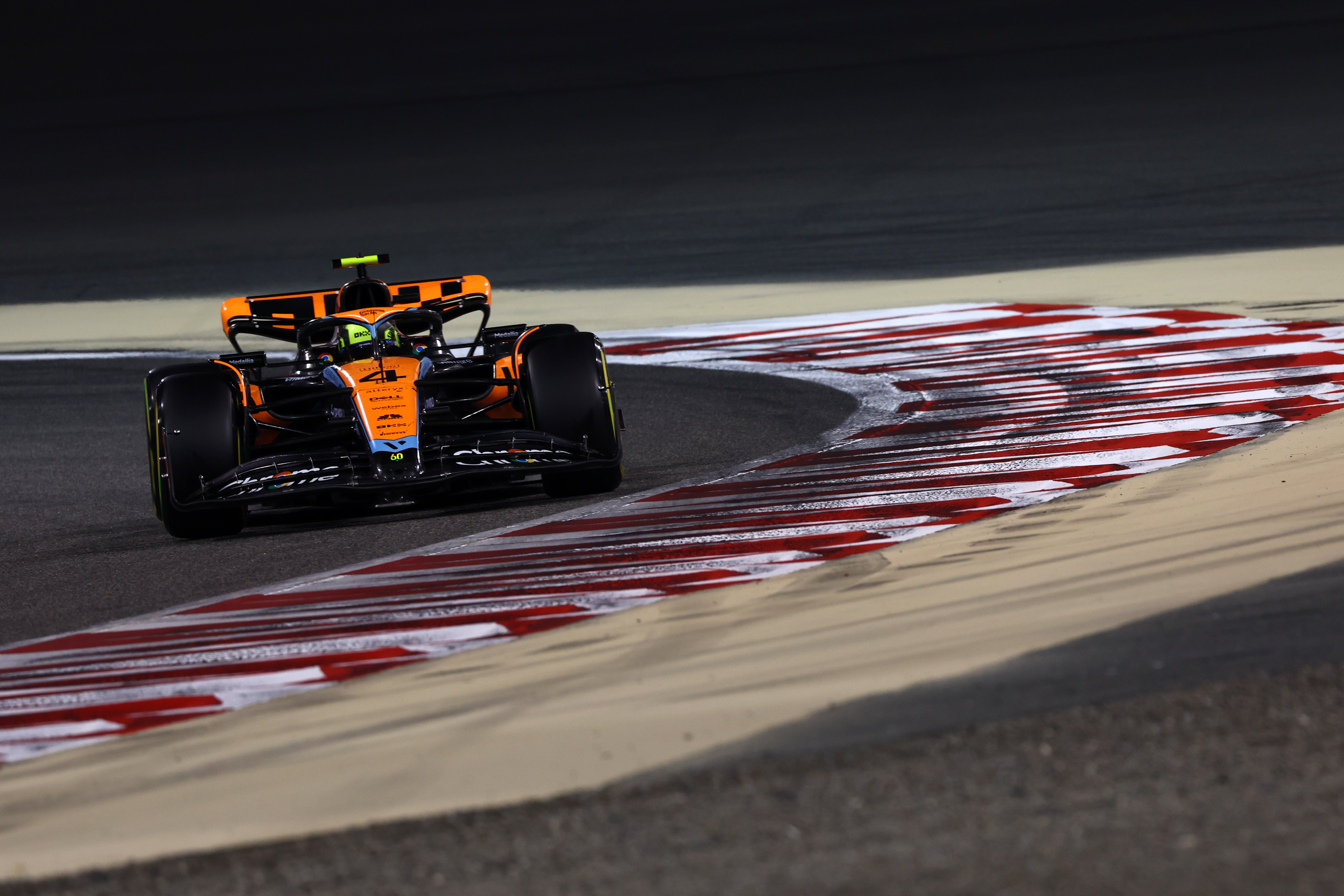
The Baku package will need to work to show this was only a temporary setback and that McLaren has just thrown away the potential points from only the first three races – because if the upgrade doesn’t come through, then what’s the next step?
From my point of view, McLaren is missing some of the characteristics that I listed. One of my old bugbears, aerodynamic centre of pressure shift with steering lock, could be a likely candidate. It is difficult and time-consuming to research effectively, but critically important to the performance of any car.
If, for example, the aerodynamic centre of pressure was shifting rearward with increased steering lock, it would mean that if you had a little understeer and the driver applied more steering lock to combat it, instead of gaining front grip the car would simply understeer more. This would require the driver to add more steering lock, making the car understeer more. This sort of response to a driver’s input can very quickly confuse the driver.
More importantly, it means that the car needs to be perfectly balanced from the get-go. It also means that one of the tools in the driver’s armoury just doesn’t work for them.
There are other teams with lots of work to do, but these three stand out as the ones that should have started 2023 much better than they have.
It won’t be easy for any of them to recover.


